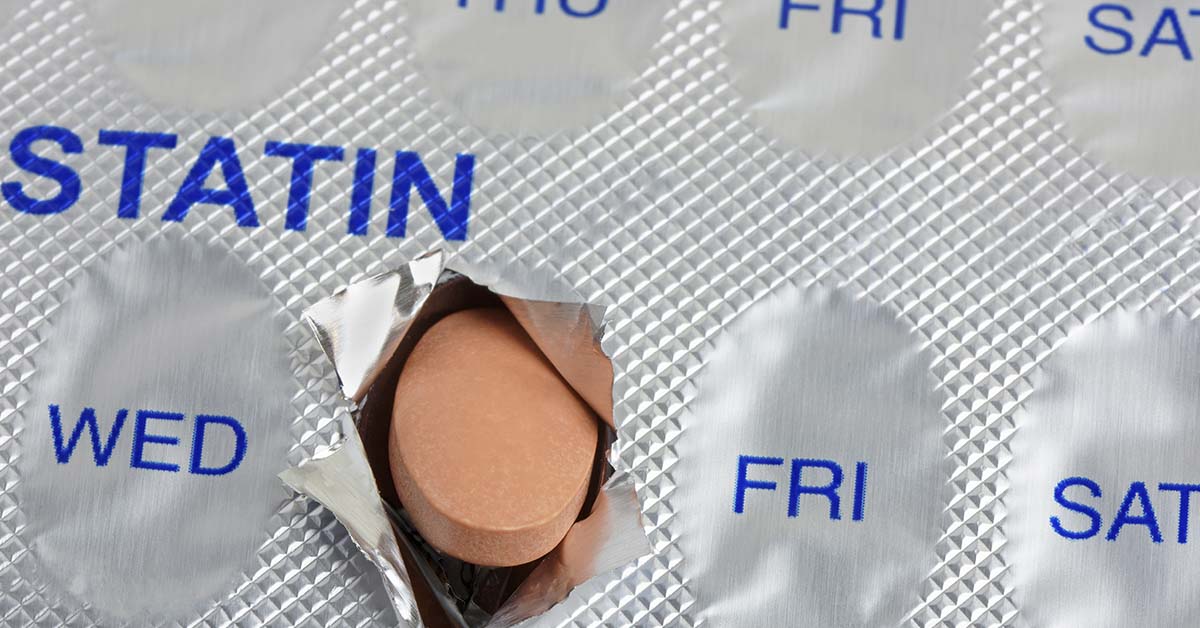Statins are commonly known for helping to reduce LDL cholesterol and for their role in reducing the risk of stroke from blood clots. Recently, however, scientists have realized that these drugs can also decrease the risk of the deadliest stroke caused by an intracerebral hemorrhage or a brain bleed. The best part? Statins are inexpensive and accessible.
Statins Lower the Risk of Most Deadly Type of Stroke
The possibility of having a stroke is a scary concept. After all, they are something that can come on all of the sudden, and the longer it takes to get medical treatment, the worse they can be. This is why stroke prevention is critical. For quite some time, statins have been the most common drugs used to help prevent strokes caused by blood clotting.
Up until now, however, they weren’t thought to be overly useful against intracerebral hemorrhagic strokes, the deadliest kind. These occur when an artery suddenly begins to bleed into the brain. A new study shows that perhaps statins do actually help to prevent this often fatal kind of stroke. (1)
Statins and Strokes
Statins are drugs that work to reduce fatty deposits in the arteries. This prevents these deposits from building up, blocking the artery, and cutting off blood to the brain, which causes what’s called an ischemic stroke. Hundreds of millions of people worldwide take statins to help with heart problems and prevent strokes, as they are effective and inexpensive. Until recently, the research as to whether or not statins helped to prevent intracerebral hemorrhagic strokes, however, was conflicting. This recent study seems to have closed the argument.
Read: Is a Virus We All Have Causing Multiple Sclerosis?
The Study
Published in the journal Neurology on December 7, the researchers used the health records and data of more than 88,000 people in Denmark. None of these people at the beginning of the study had a history of stroke. During the study period, of those 88,000, 989 had a first bleeding stroke in the lobe area of the brain, while 1,175 had one in other parts of the brain. The average age of those who suffered a stroke was 76 and 75, respectively.
The reason why the researchers separated the lobe strokes versus the other was to study differences in strokes in different parts of the brain. The non-lobe strokes are usually caused by high blood pressure. Of all participants in the study, those who used statins for any period had a 17% reduced risk of stroke in lobe areas of the brain and a 16% reduced risk in non-lobe areas.
For those who used them for five years or more, those percentages jumped to a 33% reduced risk in the lobe areas and a 38% reduced risk in lobe areas. The research co-author, Dr. David Gaist, says this is very reassuring. This means that those taking statins are reducing their risk of both types of stroke, including the most dangerous version. The researchers agree, however, that more studies are needed, particularly to see if the results would differ in non-European populations.
“Studies like this latest one sort of put the nail in the coffin because they’re larger and they’re so comprehensive and population-based. This study tells me that if a patient has never had a stroke and they have indications, a statin is definitely a good idea,” said Dr. Pooja Khatri, a professor and division chief of neurology and rehabilitation medicine at the University of Cincinnati College of Medicine who was not involved in the study. “It makes us think that we are right to be certain that overall, patients are better off on statins.” (2)
Stroke Prevention
Though statins are a great option for preventing strokes, they are not the only line of defense. A healthy lifestyle, in combination with medications, should your doctor recommend it, is the best way forward. Eating a healthy diet is critical. This means plenty of vegetables, some fruits, and fish. Limiting foods high in saturated and trans fats, cholesterol, sugar, and salt while including high-fiber foods. Drink plenty of water and limit the number of sodas and juices you consume. (3)
Regular exercise is also a crucial part of maintaining a healthy lifestyle. This includes aerobic (or cardiovascular) exercise and strength training. This, along with a healthy diet, will help you to maintain a healthy weight. This is another important aspect of stroke prevention. Finally, not smoking and limiting alcohol consumption will also help reduce your stroke risk. Regular check-ups with your doctor to check for the signs of stroke and stroke risk will also help to allow you time to develop a prevention plan together.
Keep Reading: Genetically modified tobacco plant produces cocaine in its leaves

